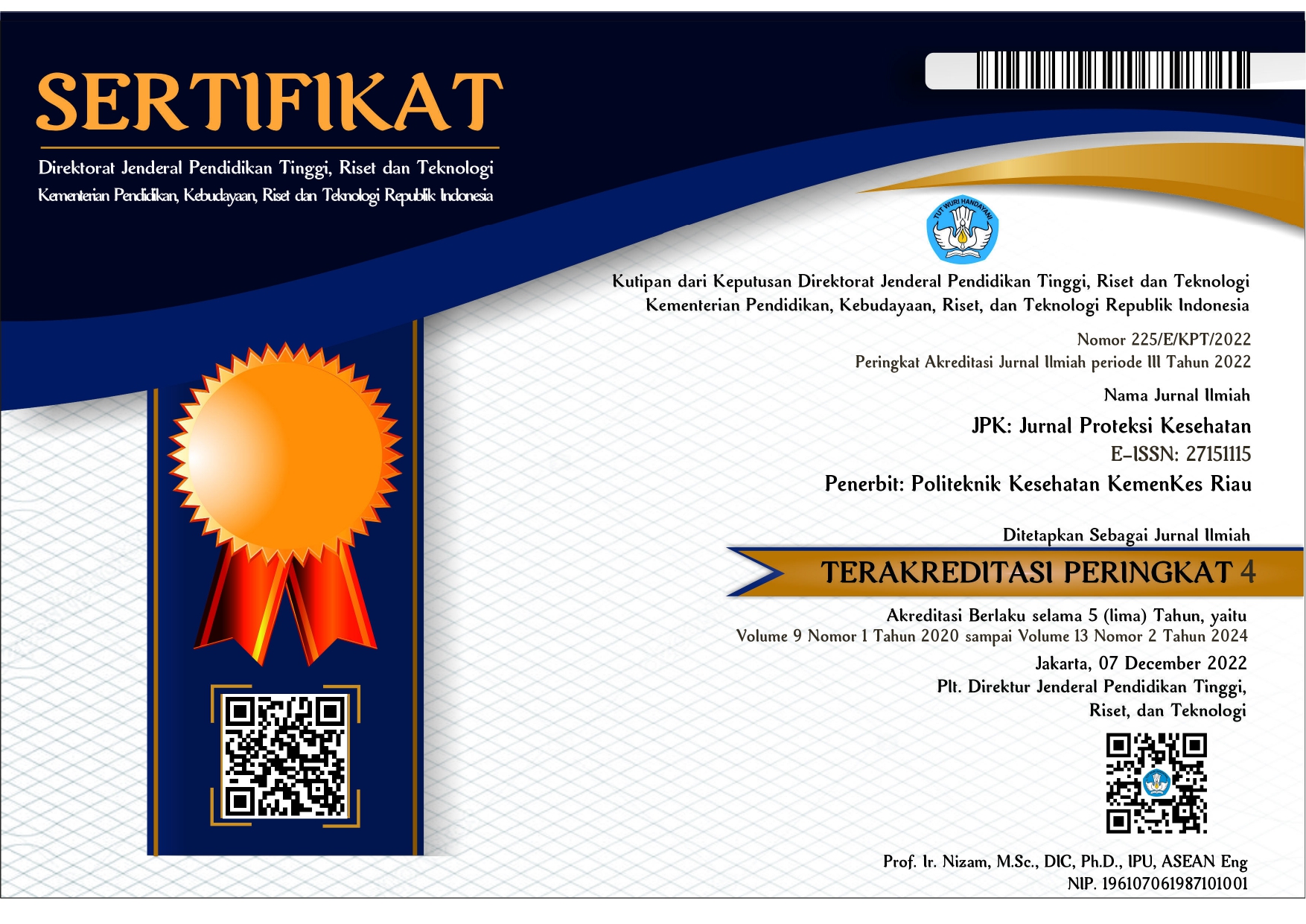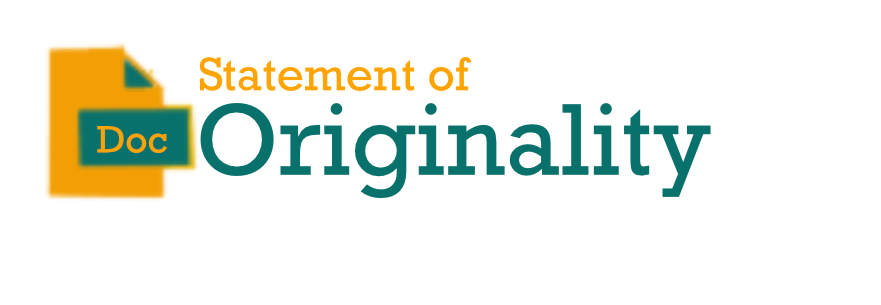Description of Ownership of the MCH Handbook and Utilization of the MCH Handbook and the Nutritional Status of Toddlers in Pekanbaru City and Meranti District During the COVID-19 Pandemic
Abstract
The mortality rate for mothers and children in Indonesia is still relatively high today. To reduce infant and under-five mortality, it is necessary to optimize the use of the MCH handbook by mothers with toddlers through family and community empowerment. The purpose of this study was to see an overview of the ownership of the MCH handbook and its use and to look at the nutritional status of toddlers in Pekanbaru City and Meranti Regency during the COVID-19 Pandemic. The research design was cross-sectional. The samples were toddlers aged 12-59 months, in Meranti Regency there were 340 samples and in Pekanbaru City there were 345 samples. The time of the research lasted for approximately 10 months from January to October 2022. This research was univariate with descriptive analysis. Ownership of the MCH handbook that can be demonstrated is 71.6% in Pekanbaru City and 98.2% in Meranti District. The percentage of ownership of the MCH handbook in Pekanbaru City and Meranti District is already above 70%. The nutritional status index based on body weight/age shows normal weight in Pekanbaru City as much as 87.7% and in Meranti Regency as much as 73.1%. The nutritional status index based on height/age shows normal height in Pekanbaru City as much as 75.1% and in Meranti Regency as much as 89.4%. The nutritional status index based on weight/weight shows normal nutrition in Pekanbaru City as much as 91.4% and in Meranti Regency as much as 86.2%. Ownership of the MCH handbook and utilization of the MCH handbook is very good in Pekanbaru City and Meranti District because the coverage percentage is above 70%. The nutritional status of toddlers based on the indices of weight/age, height/age and weight/pb is also above 80%.
References
[2] Kemenkes RI, Profil Kesehatan Indonesia 2021. 2022.
[3] Kementrian Keuangan, Program Keluarga Harapan. 2015.
[4] Kementrian Kesehatan RI, “Peraturan Mentri Kesehatan Republik Indonesia No 99 Tahun 2015 Tentang Perubahan Atas peraturan Mentri Kesehatan No 71 Tahun 2013 Tentang Pelayanan Kesehatan pada Jaminan Kesehatan Nasional,” 2015.
[5] A. Rizkianti, I. Barida Maisya, I. Saptarini, P. Penelitian dan Pengembangan Upaya Kesehatan Masyarakat, and B. Litbang Kesehatan, “The Relation of Maternal and Child Health Handbook Ownership to Increase Maternal Health Services Utilization in Indonesia,” J. Kesehat. Reproduksi, vol. 9, no. 2, pp. 159–166, 2018, doi: 10.22435/kespro.v9i2.1014.159-166.
[6] Melyani and Alexander, “Dampak Covid-19 (Kemiskinan, Pemenuhan Gizi Anak, Imunisasi) Terhadap Status Gizi Balita Tahun 2020,” JIKP J. Ilm. Kesehat. PENCERAH, vol. 10, no. 2, pp. 132–139, 2021, [Online]. Available: https://stikesmu-sidrap.e-journal.id/JIKP/article/view/276.
[7] S. Pirunika, W. S. Suherman, and Indrawati, “Dampak Pandemi Covid-19 Terhadap Status Gizi pada Anak Usia Dini,” J. Obs. J. Pendidik. Anak Usia Dini, vol. 6, no. 4, pp. 3024–3033, 2022, doi: 10.31004/obsesi.v6i4.2198.
[8] UNICEF, “Laporan Tahunan 2020 Indonesia,” 2020.












